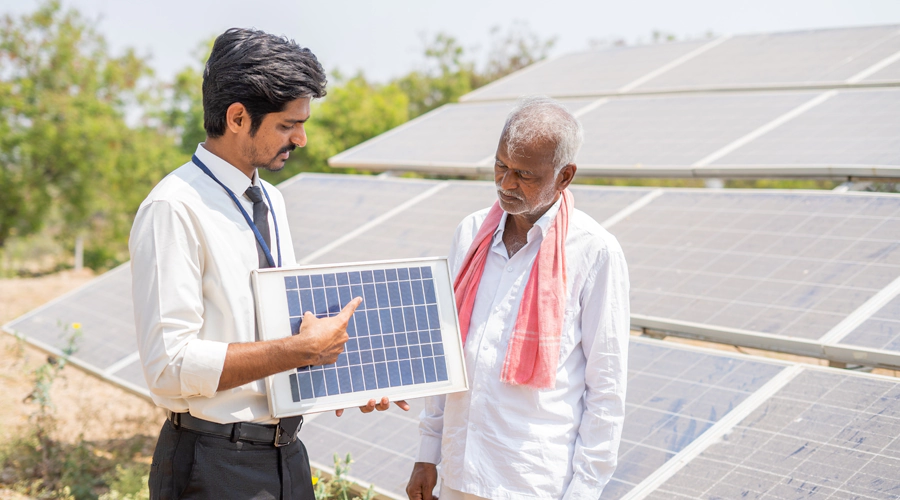Solar Energy Conversion
There are two specific technologies used to capture solar energy; solar thermal conversion systems and photovoltaic conversion.
The possible markets for PV systems are also very diverse, often with quite different and opposing requirements. The main applications can be divided into four broad sectors, namely consumer products, industry applications, remote area supply, and grid connected systems (two distinct types).
- Consumer products (calculators, watches, toys), individual power supplies (holiday homes, caravans, mobile homes, boats), and individual supplies for novelty products (home security, garden lighting, car sunroofs, fans, and battery chargers) provided the first market for PV.
- There are a number of applications where PV systems are sold to a service industry, which then uses these for its own purposes
- Grid connected distributed supply system applications are a newer but vigorously growing example of PV use in the urban environment. These are simple and only require PV panels and inverter to provide AC voltage and connect to the local distribution grid. These systems provide electricity at the consumer end of the distribution chain and hence compete with the retail price of electricity
Energy level diagram for conducting polymer/PCBM (fullerene) cell
Photovoltaic technologies
Light is absorbed in the active layer, generating either free carriers (silicon and thin film devices) or excitons(dye sensitized, organics, nanoparticles) which must then disassociate to generate carriers.Carriers drift or diffuse to electrodes.
Established technologies
- Single crystal silicon, polysilicon
- Thin films : Amorphous silicon (Unisolar), CdTe (First Solar)
- Semiconductor multilayers(high end – SpectraLab)
Environmental and social advantages of using solar energy
Solar technologies provide sustainable energy. Both solar thermal and photovoltaic (PV) technologies are modular in nature and are therefore adaptable to a variety of applications varying in size, output temperatures and other operating requirements. Although capital intensive in the case of PV, solar technologies rely on a freely available source and have extremely low maintenance costs. PV is the energy source of choice for navigation lights, telecom sites and isolated or remote areas, including Antarctica where reliability and low maintenance are of utmost importance. The lifetime of both solar thermal and solar PV technologies are greater than 25 years. Solar PV modules carry a minimum manufacturer guarantee of 20 years; longer than most power plants, conventional or new.
Solar technologies are easily integrated into new or existing buildings; they are unobtrusive, can enhance the aesthetics and architectural appeal of buildings and are often considered a positive asset due to their green image.
Both technologies still show a large potential for cost reduction in the near future due to technological advances and increased production based on substantial market expansion.




